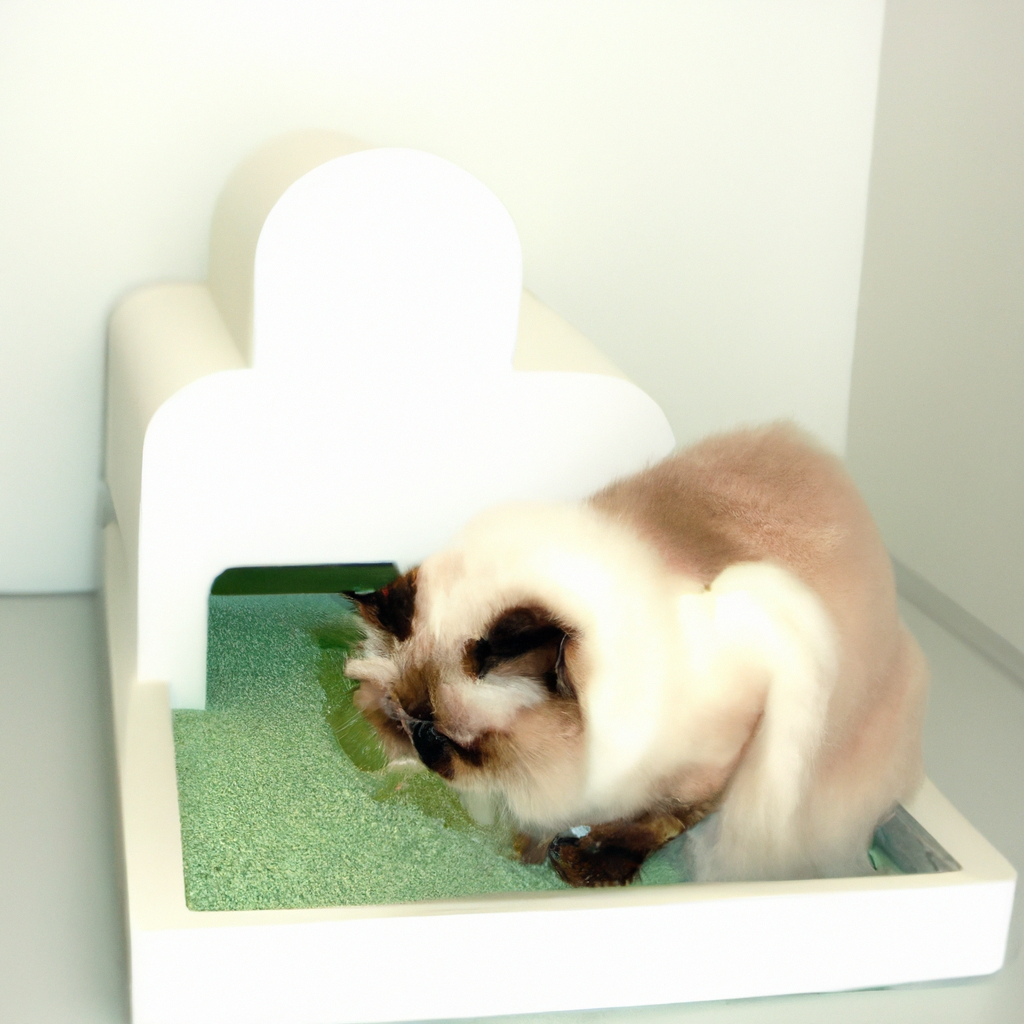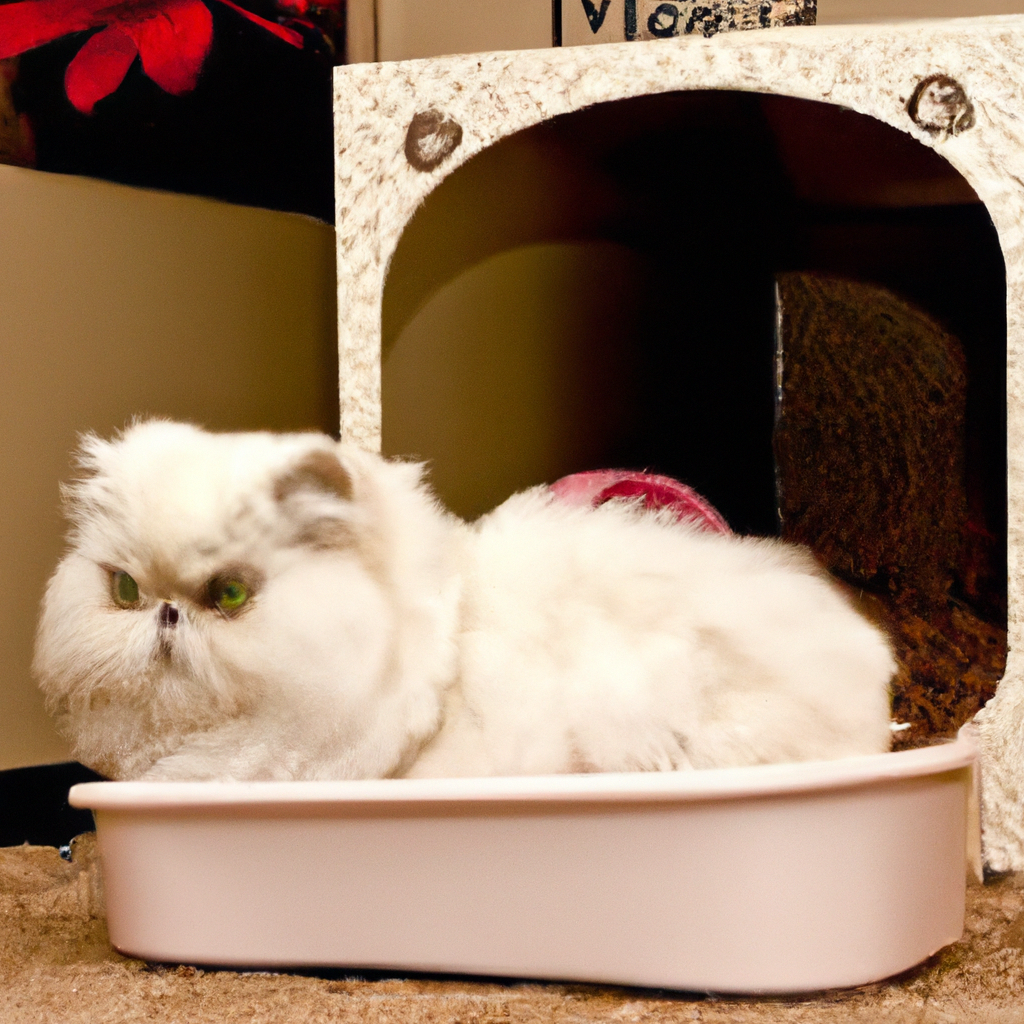If you’re a proud owner of a beautiful Persian cat, you might be wondering how to train them to use a litter box. Fret not, as this article will guide you through the process of Persian cat litter box training. From choosing the right litter box, to understanding their unique needs, we’ll provide you with helpful tips and tricks to ensure a seamless transition for your feline friend.
Persian Cat Litter Box Training
Caring for a Persian cat involves understanding their unique behaviors and providing them with the proper environment and tools for their specific needs. One important aspect of Persian cat care is litter box training. By following the right steps and creating a comfortable environment, you can successfully train your Persian cat to use the litter box. This comprehensive guide will walk you through every step of the process and help you maintain a clean and hygienic litter box for your feline companion.
Understanding the Behavior of Persian Cats
Before diving into litter box training, it’s essential to understand the behavior and instincts of Persian cats. Persians are known for their particular grooming habits and desire for cleanliness. They have a natural tendency to bury their waste, making litter box training an easier task compared to some other cat breeds. Additionally, Persian cats value their personal space and may prefer a private and quiet litter box area. By keeping these behavioral traits in mind, you can tailor your training approach to suit your Persian cat’s needs.
Choosing the Right Litter Box for Your Persian Cat
Selecting the appropriate litter box is crucial for successful litter box training. Due to their long fur, Persian cats may have difficulty entering and exiting litter boxes with high walls. Opt for a litter box with low walls or even a top-entry design to accommodate your Persian cat’s needs. Additionally, consider a larger litter box size to give them ample space to move around comfortably. Providing them with a litter box that suits their physical attributes will enhance their user experience and make them more likely to use it consistently.

Selecting the Appropriate Litter for Persian Cats
When it comes to choosing the right litter for your Persian cat, there are a few factors to consider. Persians have sensitive paws, so opt for a litter with a soft texture that won’t irritate their delicate skin. Unscented litters are also preferable, as strong fragrances may discourage some cats from using the litter box. Take note of any allergies or sensitivities your Persian may have and choose a litter that accommodates their needs. Experiment with different litter types to find the one that your cat feels most comfortable with.
Introducing the Litter Box to Your Persian Cat
Introducing the litter box to your Persian cat requires patience and a gentle approach. Start by placing the litter box in a quiet and accessible area of your home. Allow your cat to explore the litter box on their own terms, without any pressure. Gradually guide them towards the litter box by placing them in it after meals or playtime. Positive reinforcement, such as treats or praise, can also be used to encourage them to associate the litter box with a positive experience. With time and consistent reinforcement, your Persian cat will begin to understand the purpose of the litter box.

Creating a Comfortable Environment for the Litter Box
To ensure your Persian cat feels comfortable using the litter box, it’s important to create a suitable environment. Place the litter box in a low-traffic area where your cat can have privacy. Avoid placing it near noisy appliances or areas with frequent disturbances. Consider using a litter box liner or mat to make cleaning easier and prevent litter tracking. Additionally, Persian cats appreciate cleanliness, so make sure to scoop the litter box daily and change the litter regularly. A clean and inviting litter box environment will encourage your cat to use it consistently.
Establishing a Routine for Litter Box Training
Consistency and routine are key components of successful litter box training for any cat breed, including Persians. Establish a feeding schedule for your cat and ensure they have access to the litter box shortly after meals. This will increase the likelihood of them using the litter box at the appropriate times. Additionally, maintain a regular cleaning schedule to keep the litter box fresh and inviting. By sticking to a routine, you’ll help your Persian cat develop good litter box habits and minimize the chances of accidents or relapses.
Teaching Your Persian Cat to Use the Litter Box
To teach your Persian cat to use the litter box, start by gently placing them inside the box and allowing them to explore. Use verbal cues, such as “litter box” or “go potty,” to associate the action with the proper location. Observe your cat’s behavior and body language for signs of readiness to eliminate, such as scratching or crouching. If accidents occur outside of the litter box, calmly clean up the area without scolding your cat. Positive reinforcement is essential during this training process, so reward your cat with treats or gentle praise when they use the litter box correctly.
Dealing with Accidents and Avoiding Relapses
Accidents are a part of any training process, and litter box training is no exception. If your Persian cat has an accident outside of the litter box, it’s important to respond calmly and clean up the mess promptly. Use an enzymatic cleaner to eliminate any lingering odors that may attract your cat to repeat the behavior. If accidents become frequent or if your Persian cat starts avoiding the litter box altogether, it may be a sign of an underlying health issue. In such cases, consult with a veterinarian to rule out any medical concerns and address potential reasons for relapses.
Maintaining a Clean Litter Box
Regular maintenance of the litter box is crucial for your Persian cat’s hygiene and overall wellbeing. Scoop the litter box daily to remove waste and clumps, ensuring a comfortable and odor-free environment for your cat. Every week, empty the litter box, wash it with mild soap and warm water, and refill it with fresh litter. Keeping the litter box clean will not only prevent your Persian cat from developing aversions but also contribute to a healthier living environment for both you and your furry friend.
Seeking Professional Help
In some cases, litter box training can present challenges that may require the assistance of a professional. If you are experiencing repeated accidents, persistent avoidance of the litter box, or any other concerning behaviors, it may be beneficial to consult with a veterinarian or a certified animal behaviorist. These experts can assess your Persian cat’s specific situation, provide personalized guidance, and offer targeted solutions to help you overcome any hurdles in the litter box training process.
By following these guidelines and understanding your Persian cat’s needs and behavior, you can successfully train them to use the litter box. Remember to be patient, consistent, and gentle throughout the training process. With time and proper care, your Persian cat will develop good litter box habits and enjoy a clean and comfortable environment that meets their needs.
